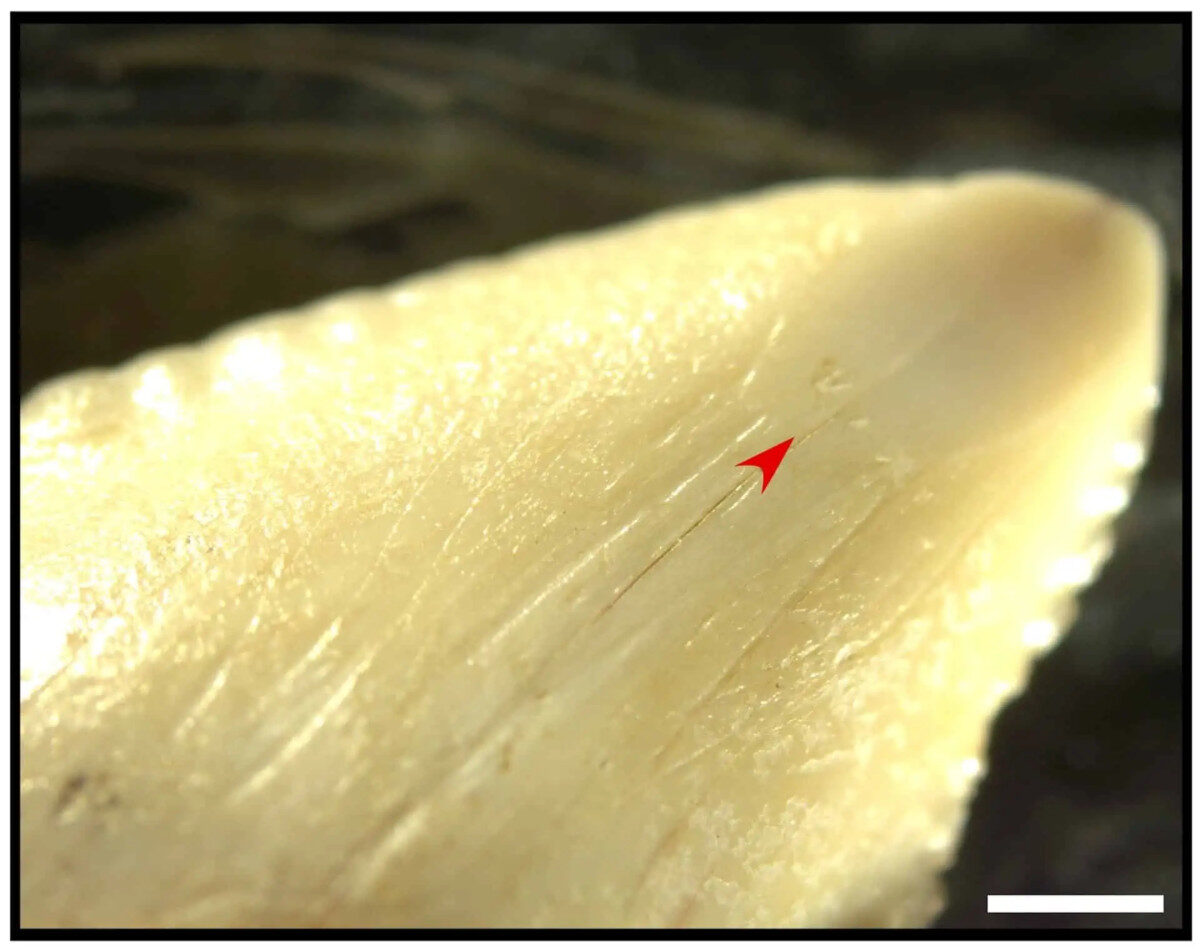
© M.C. LangleyScratches and a ground section on the tip of a shark tooth indicate its use by people 7,000 years ago.
Excavations on the
Indonesian island of Sulawesi have yielded an incredible find:
two tiger shark teeth that were fashioned into knives and are thought to be approximately 7,000 years old.Because it offers some of the earliest evidence of shark teeth being used in composite weapons worldwide, this discovery is significant. Until now, the oldest such shark-tooth blades found were less than 5,000 years old.
Attributed to the enigmatic Toalean culture, these blades hint at rituals and warfare from an era before Neolithic farmers reached Indonesia.
These weapons, as reported in the journal
Antiquity, are not just older but more advanced than any previously discovered shark-tooth blades, which were at least 2,000 years their junior.
Using a combination of scientific analysis, experimental reproduction, and insights from modern human societies, the Australian and Indonesian scientists deduced that these teeth had been attached to handles, transforming them into blades. They were most likely used during rituals or battles.
Both of these shark teeth artifacts are attributed to the Toalean culture, a group that inhabited southwestern Sulawesi for several millennia. These enigmatic hunter-gatherers inhabited the island before Neolithic farmers from mainland Asia ("Austronesians") spread into Indonesia around 3,500 years ago.
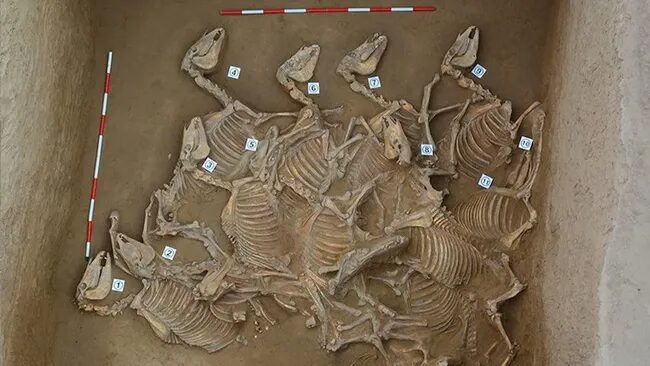
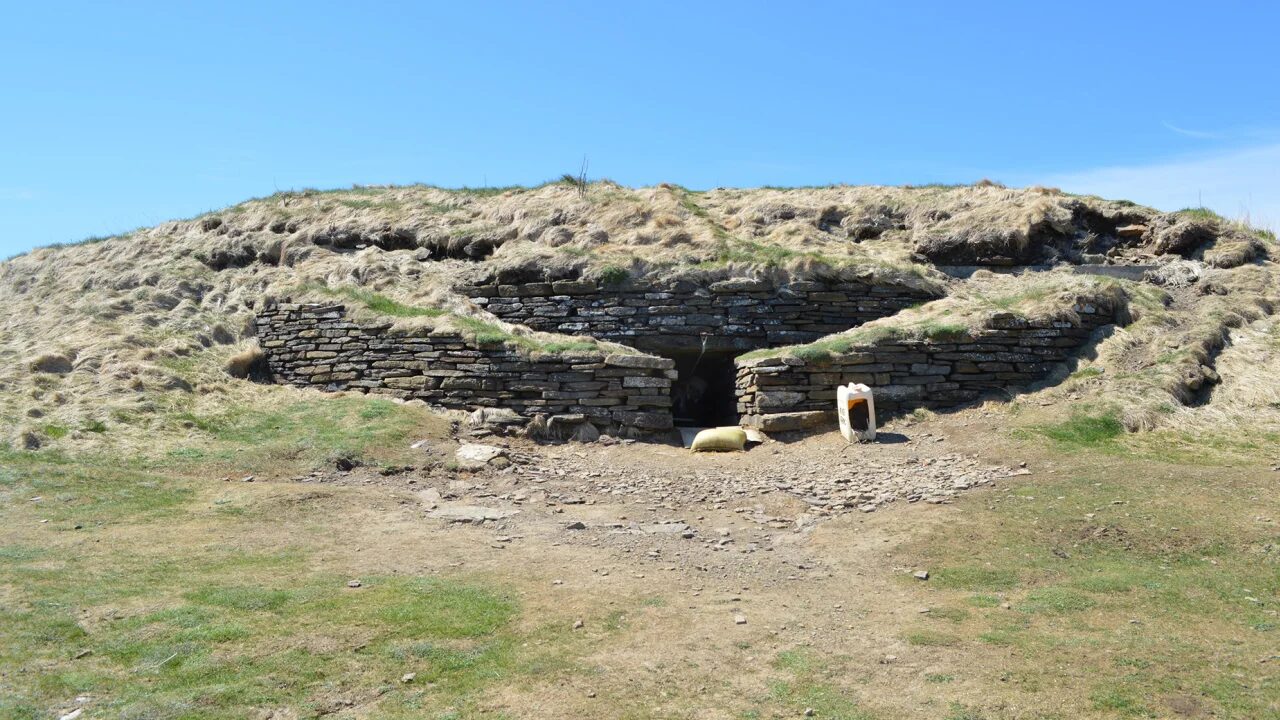
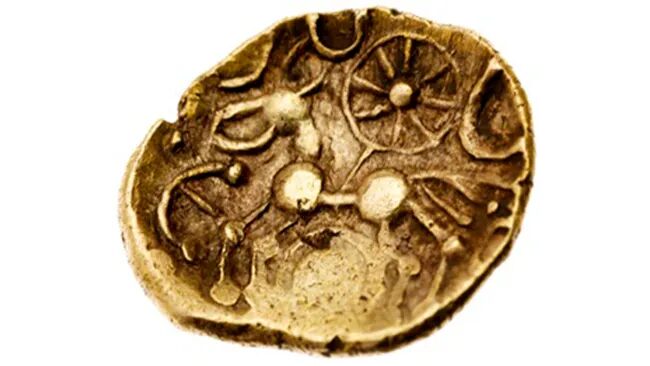


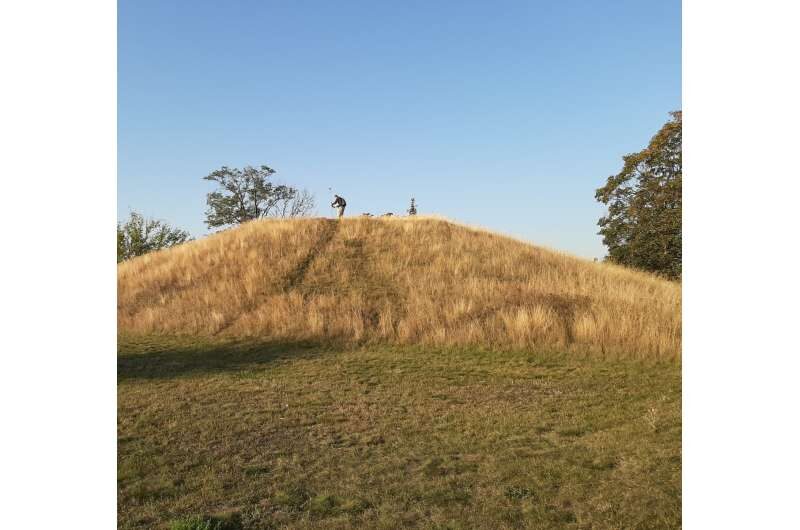
Comment: Graham Hancock features Gunung Padang in his recent documentary series, Ancient Apocalypse.
See also: